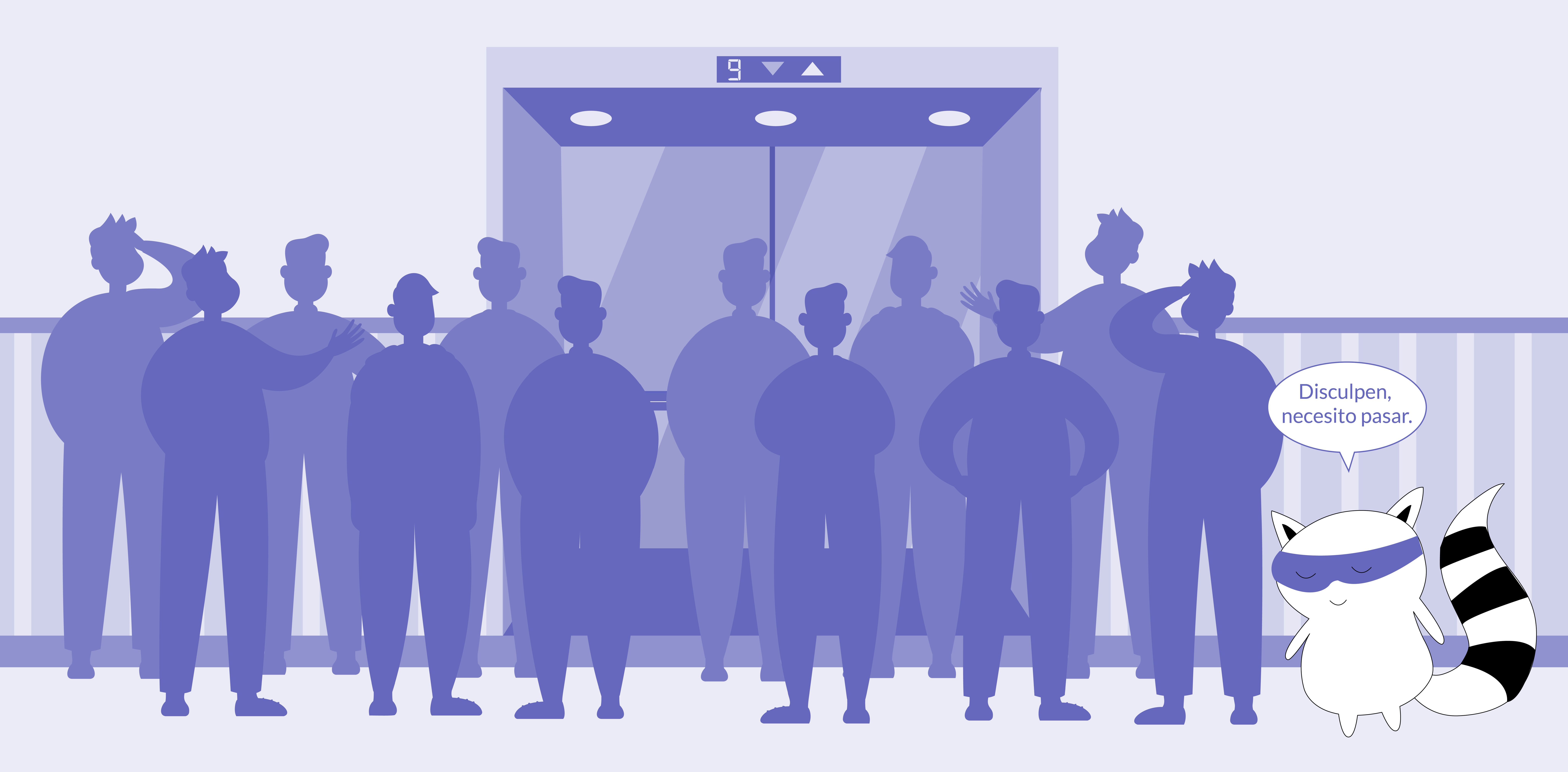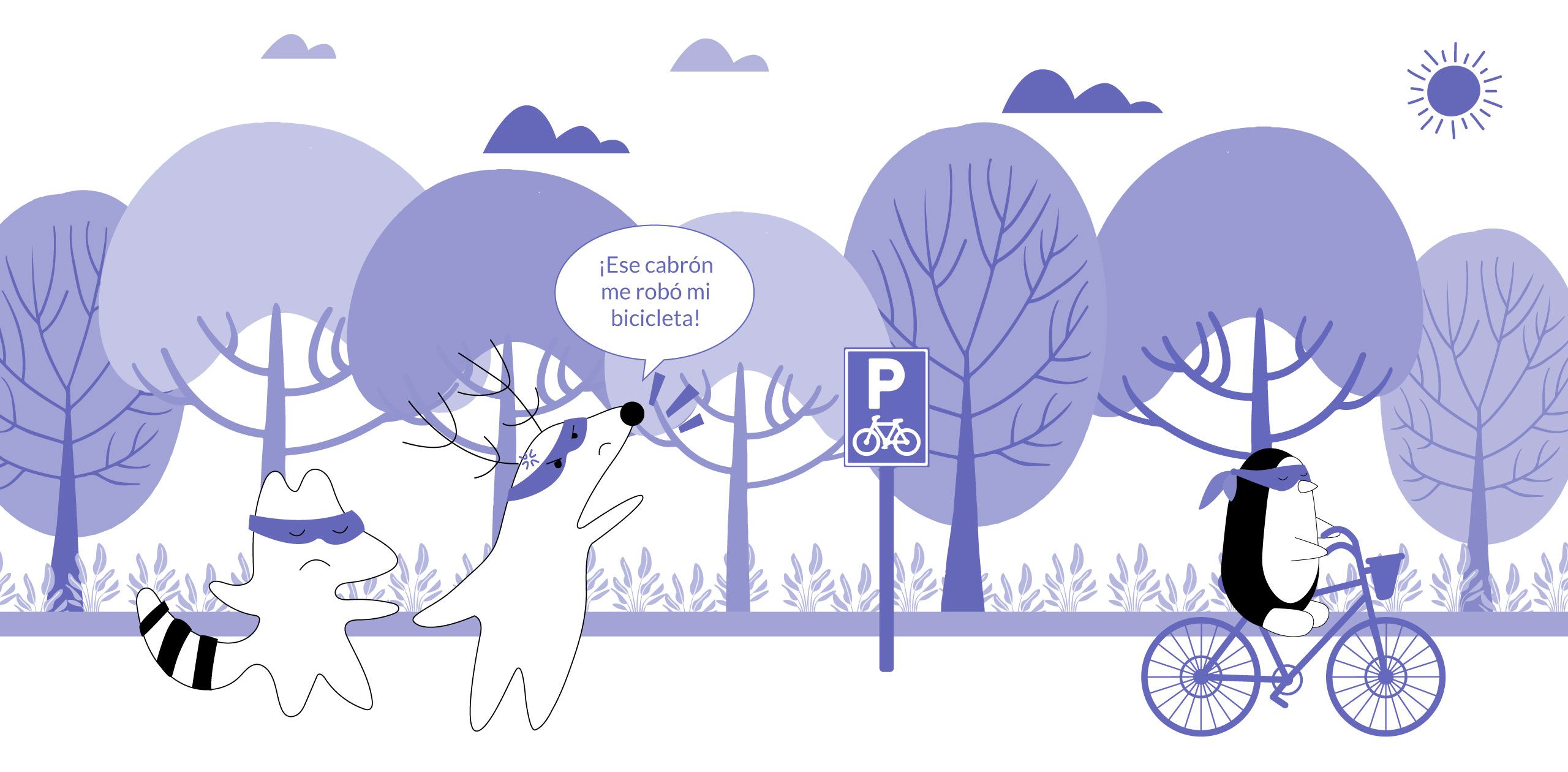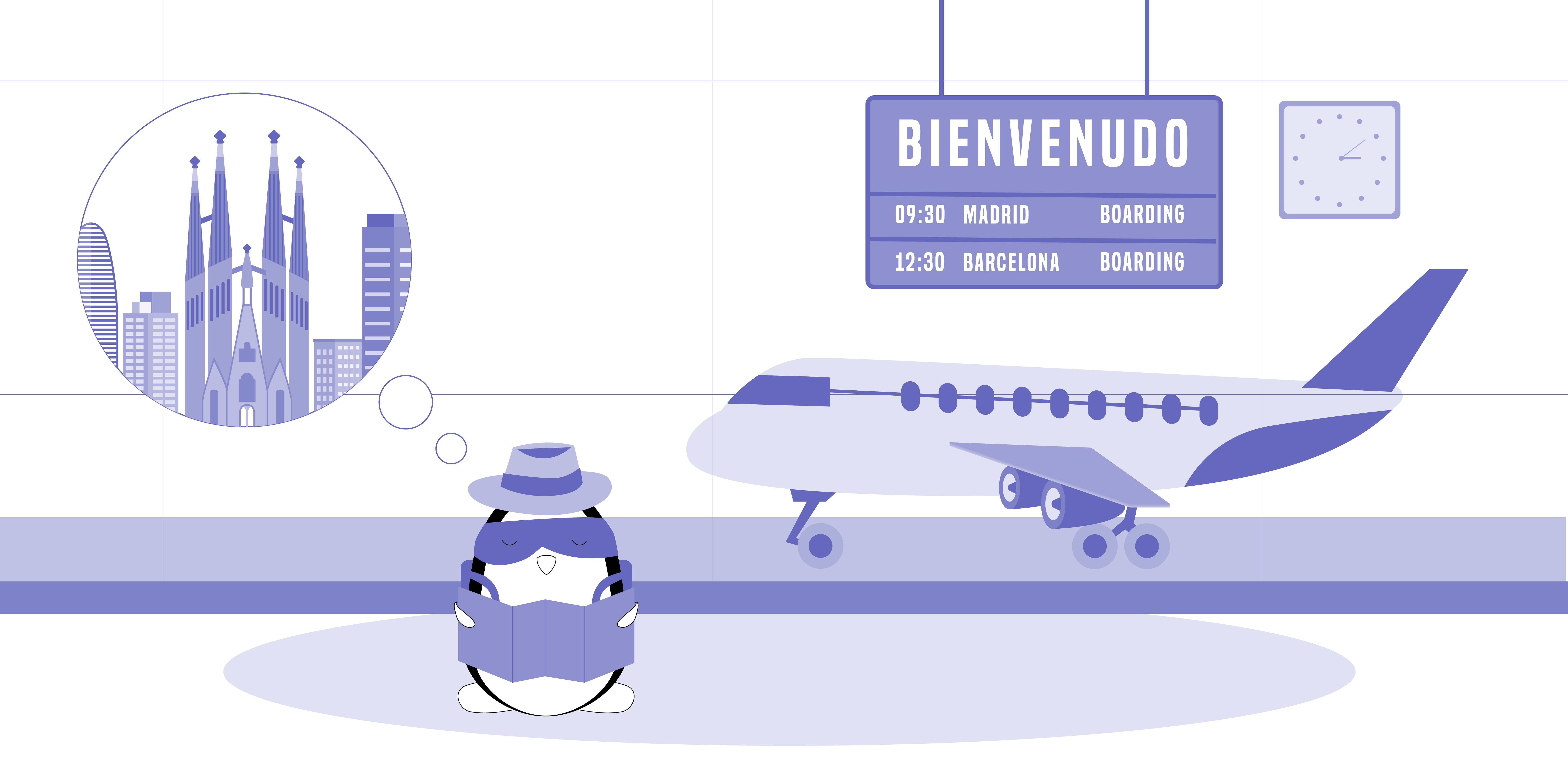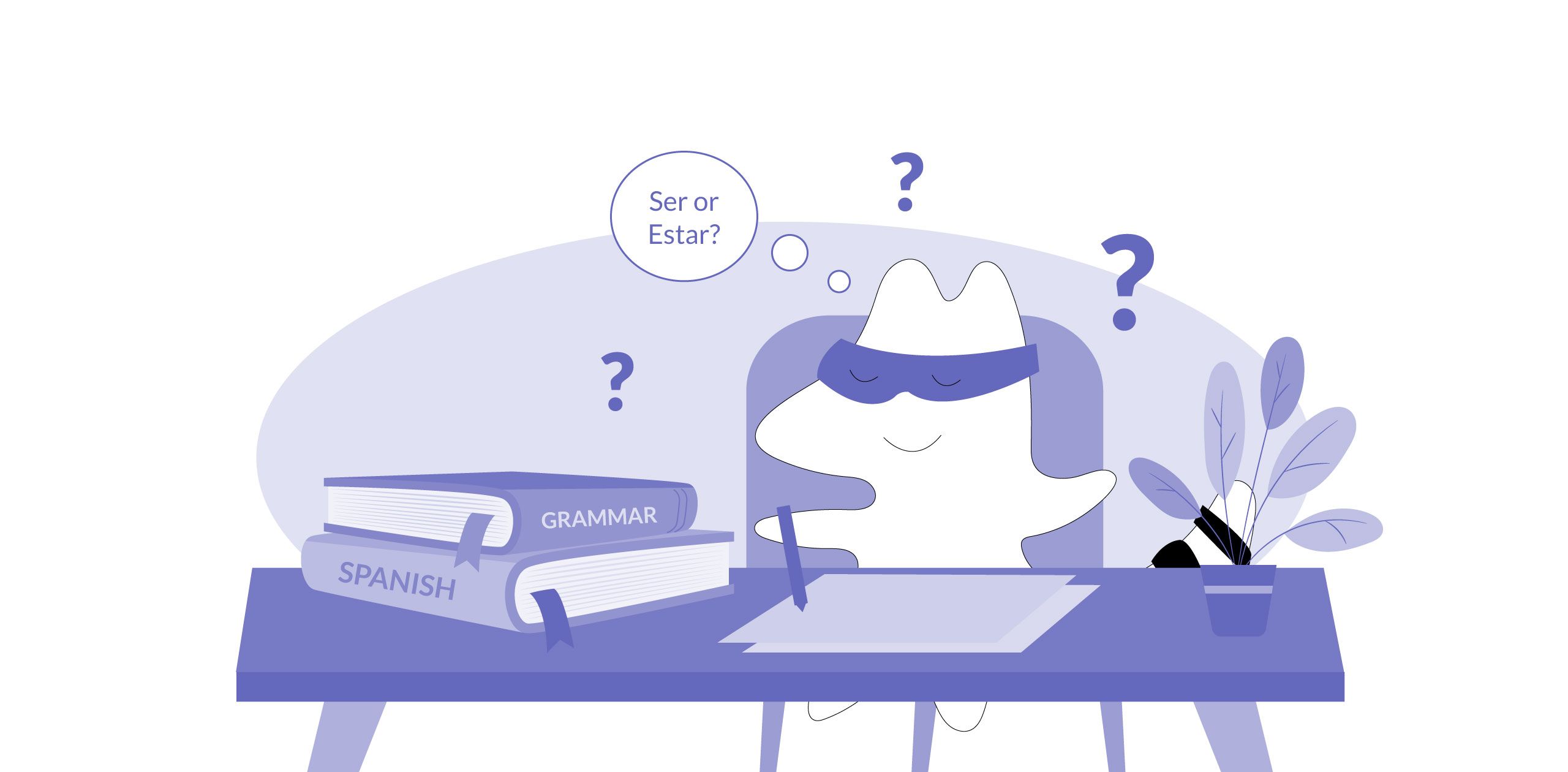
There are two verbs in Spanish grammar that mean "to be." They are ser and estar. Ser is typically used to describe a person's permanent characteristics, while estar describes a person's current state or condition better. Both verbs are conjugated differently, and it is important to use the correct one depending on the context.
But don’t worry about complicated grammar – in this article, we will discuss when to use ser and when to use estar. We will also go over the conjugation of both verbs so that you can start using them correctly in your own Spanish conversations.
Learn Spanish with Langster
Spanish Verb Ser
There are a few Spanish verbs that can be translated as to be in English, and ser is one of the most commonly used ones. Let’s take a closer look at conjugating and using the verb ser in the right contexts:
How to Conjugate the Verb Ser
Ser is an irregular verb, which means it does not follow the typical conjugation pattern regular verbs have – you’ll need to learn its conjugations by heart. Here is how to conjugate ser in the present tense:
| Pronoun | ser | to be |
|---|---|---|
| yo | soy | I am |
| tú | eres | you are (singular) |
| él/ella/usted | es | he/she/it is; you are (formal) |
| nosotros/nosotras | somos | we are |
| vosotros/vosotras | sois | you are (plural) |
| ellos/ellas/ustedes | son | they/you are |
| Pronoun | ser | to be |
|---|---|---|
| yo | soy | I am |
| tú | eres | you are (singular) |
| él/ella/usted | es | he/she/it is; you are (formal) |
| nosotros/nosotras | somos | we are |
| vosotros/vosotras | sois | you are (plural) |
| ellos/ellas/ustedes | son | they/you are |
As you can see, there is no real pattern to the conjugation of ser. However, once you also memorize the different forms for the past and progressive tenses, you will be able to use this Spanish verb correctly in any conversation.
When to Use
There are a few simple rules you can follow to ensure that your usage of the verb ser is grammatically correct.
First and foremost, one thing you should remember about this verb is that it is usually used with an adjective when talking about one’s permanent quality – one that’s true and observable all the time. For example, this includes characteristics such as shape, size, height, hair color, material, and nationality.
Spanish
English
Tú eres alta.
You are tall.
Esta es una mesa de madera.
This is a wooden table.
Son muy ricos.
They are very rich.
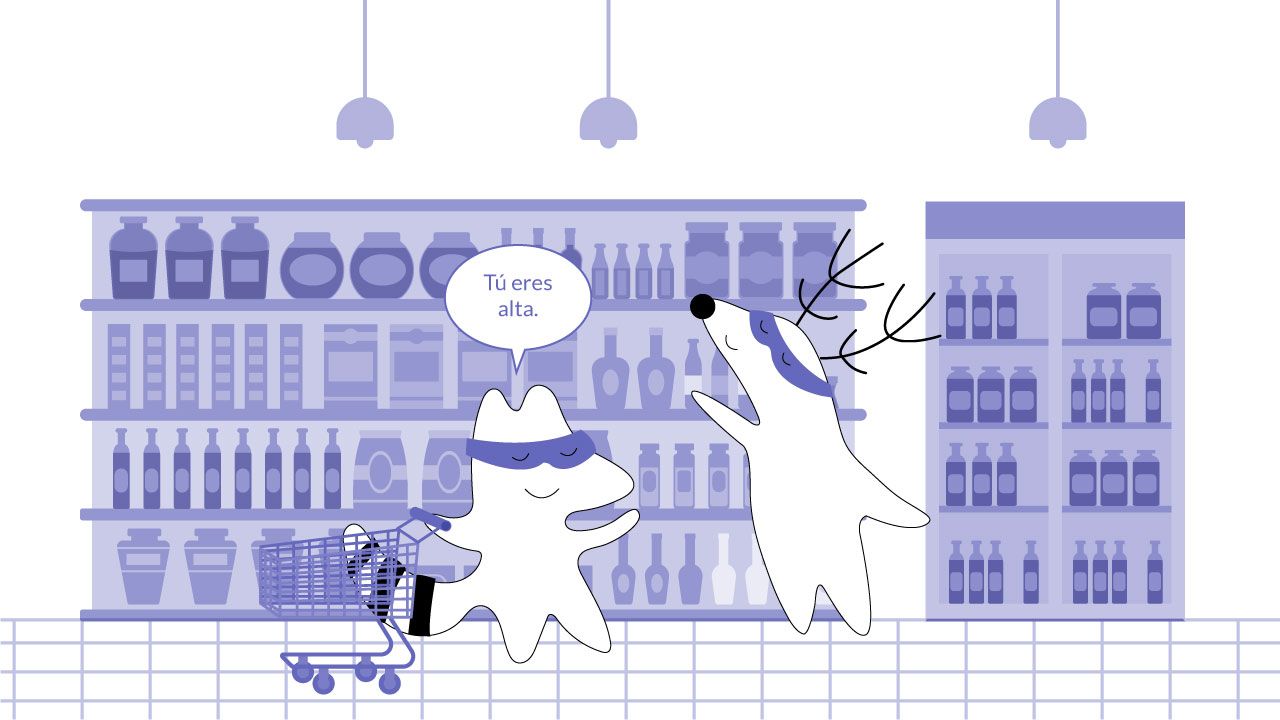
Other uses of the verb ser include:
- identifying someone
Spanish
English
Tú eres mi amigo.
You are my friend.
- indicating possession or belonging
Spanish
English
Este libro es mío.
This is my book.
- saying what time or what the date it is
Spanish
English
Son las 3:00 PM.
It is 3:00 PM.
- describing someone’s origin
Spanish
English
Soy portugués.
I am Portuguese.
- in calculations and prices
Spanish
English
¿Cuánto es? Son cinco euros.
How much is it? It’s five euros.
Spanish Verb Estar
Another verb for to be in Spanish is estar. Both ser and estar are irregular verbs, so you will have to learn their conjugations by heart. However, there is one principal difference between ser and estar – let’s find out what it is.
How to Conjugate the Verb Estar
Just like with ser, there is no real pattern to the conjugation of estar, as it is another irregular verb in Spanish grammar. Here is how to conjugate estar in the present tense:
| Pronoun | estar | to be |
|---|---|---|
| yo | estoy | I am |
| tú | estás | you are (singular) |
| él/ella/usted | está | he/she/it is; you are (formal) |
| nosotros/nosotras | estamos | we are |
| vosotros/vosotras | estáis | you are (plural) |
| ellos/ellas/ustedes | están | they/you are |
| Pronoun | estar | to be |
|---|---|---|
| yo | estoy | I am |
| tú | estás | you are (singular) |
| él/ella/usted | está | he/she/it is; you are (formal) |
| nosotros/nosotras | estamos | we are |
| vosotros/vosotras | estáis | you are (plural) |
| ellos/ellas/ustedes | están | they/you are |
With a bit of practice, you will be able to form Spanish phrases and expressions with estar in no time!
When to Use
The verb estar is typically used to describe temporary states in the Spanish language, which is the most significant difference between ser and estar.
Temporary states can include one’s characteristics like:
- physical state
Spanish
English
Estoy muy hambriento.
I am very hungry.
- emotions
Spanish
English
Ella está de buen humor hoy.
She is in a good mood today.
- someone’s health
Spanish
English
¿Cómo estás? Estoy bien.
How are you? I am well.
Other uses of the verb estar include:
- describing location
Spanish
English
La tienda está justo cruzando la esquina.
The store is right across the street.
- talking about weather conditions
Spanish
English
Está soleado.
It’s sunny.
You can also use estar with a past participle used as an adjective to describe the state that something is in. For example:
Spanish
English
Está roto.
It’s broken.
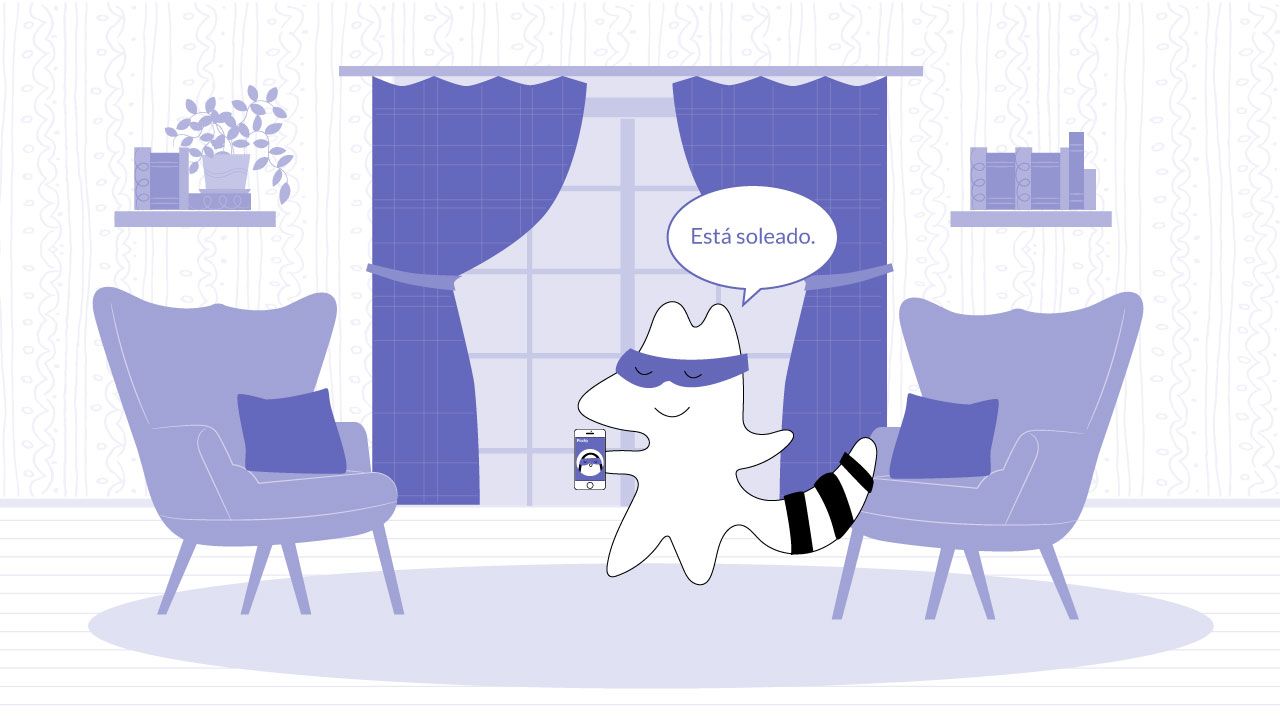
Set Phrases With "To Be" in Spanish
Both ser and estar can be a part of set phrases or idioms – Spanish phrases whose parts are fixed and, in most cases, left unchanged.
Here are a couple of the most common Spanish set phrases with ser:
Ser pan comido
- Literal Translation: To be bread eaten.
- Meaning: To be a piece of cake / To be very easy.
Example: El examen fue pan comido. The exam was a piece of cake.
Ser la leche
- Literal Translation: To be the milk.
- Meaning: To be incredible, outstanding, or impressive.
Example: ¡Tu actuación en la obra de teatro fue la leche! Your performance in the play was incredible!
Ser uña y carne
- Literal Translation: To be nail and flesh.
- Meaning: To be very close, like two peas in a pod, or inseparable.
Example: Esos dos amigos son uña y carne desde la infancia. Those two friends have been inseparable since childhood.
Ser el colmo
- Literal Translation: To be the height.
- Meaning: To be the ultimate, the height of absurdity or irony.
Example: Que me diga que no puede venir hoy es el colmo de las excusas. For him to say he can't come today is the height of excuses.
Ser de armas tomar
- Literal Translation: To be of weapons to take.
- Meaning: To be a strong or tough person, someone not to be trifled with.
Example: Mi abuela es de armas tomar cuando se trata de defender a la familia. My grandmother is tough when it comes to defending the family.
When it comes to the verb estar in Spanish idioms and fixed phrases, you should learn a few expressions:
Estar en las nubes
- Literal Translation: To be in the clouds.
- Meaning: To be daydreaming or not paying attention to what is happening around.
Example: Durante la clase, María estaba en las nubes pensando en sus vacaciones. During the class, María was daydreaming about her vacation.
Estar en las manos de alguien
- Literal Translation: To be in someone's hands.
- Meaning: To be in someone's control or power.
Example: El éxito del proyecto está en las manos de nuestro equipo. The success of the project is in the hands of our team.
Estar en pañales
- Literal Translation: To be in diapers.
- Meaning: To be in an early or initial stage, usually referring to a project or idea that is still in its infancy.
Example
Nuestro plan de negocios está en pañales, pero tenemos grandes expectativas. Our business plan is in its infancy, but we have high expectations.
The Bottom Line

If you are only beginning to learn Spanish, it can be a challenge to process two different verbs translating into the same thing. However, once you get the key difference between these words, it becomes much easier to choose the appropriate one when speaking Spanish.
Just keep in mind that if you are describing something that is permanent, you will need to use ser, and when talking about a temporary state, use estar.
And if you need more practice and would like to truly learn these verbs using real-life materials, you should certainly download our Langster app, and learn Spanish grammar with stories!







